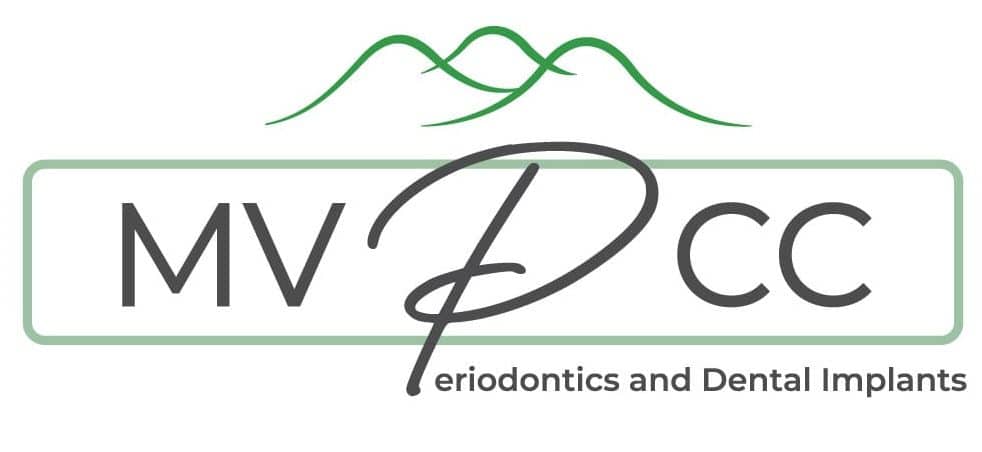What is Bone Grafting?
Bone grafting is a surgical procedure where bone is added to the jawbone to help improve its structure. The new bone can come from a donor or an artificial source. Once the new bone is in place, it will eventually fuse with the existing bone and provide a strong foundation for dental implants.
Why Do I Need Bone Grafts?
If you’re considering dental implants, the first step is to meet with Dr. Butler or Dr. Riffel. They will assess the bone at the proposed implant site to see if it is adequate for dental implants. If not, bone grafts may be recommended prior to or in conjunction with dental implants.
What Are the Benefits of Bone Grafting?
Bone grafting is a highly successful procedure in most cases. It is also a preferable alternative to having missing teeth, diseased teeth, or tooth deformities. Bone grafting can increase the jawbone’s height or width and fill in voids and defects that have always been present or developed over time.
There are essentially two basic ways in which bone grafting can positively impact the health and stability of the teeth:
- Ridge Augmentation: Building up the jaw bone in an area that has been missing teeth will restore the jaw foundation prior to implant surgery. We can also correct deformities, and the restructuring of the bone can provide added support.
- Ridge Preservation: We can use bone grafting to limit or prevent bone shrinkage following a tooth extraction, periodontal disease, or other invasive processes.
How is Bone Grafting Performed?
Initially, we will thoroughly examine the affected area to assess the general condition of the teeth, bone, and gums to better understand how we should proceed. Typically a special, 3-dimensional x-ray is taken to assess the planned implant areas to determine the extent of bone grafting needed. If periodontal disease is present or the adjacent teeth are in poor condition, we will fully address these factors before the bone grafting procedure can begin.
The first step in the bone grafts process is to numb the area with local anesthesia. Then, Dr. Butler or Dr. Riffel will make a small incision in the gum tissue to access the area, removing any teeth that require extraction prior to placing the bone grafts. The donor bone (or artificial bone) will then be placed in the area, which is then closed with stitches. A second surgery is typically necessary to place the dental implants. The new bone will fuse with the existing bone in the area over the next several months and eventually dental implants can be placed.
What is the Recovery Like?
After bone grafting surgery, you can expect some swelling and discomfort. We will give you pain medication to help manage any discomfort. It’s essential to stick to soft foods and avoid strenuous activity for at least a week so the graft can heal properly.
Bone Grafting For a Brand New Smile in Parker and Glendale, Colorado
You don’t have to worry about living with missing teeth any longer. With bone grafting and implants, you can regain your smile and feel confident again.
Supplementing the jaw with bone will increase bone mass to help support and anchor dental implants where teeth have been lost. If you are missing teeth or looking to replace missing teeth, contact us today to schedule your consultation to be one step closer to achieving your best oral health.


